Home>Gardening & Outdoor>Landscaping Ideas>What Is Kentucky 31 Grass Seed
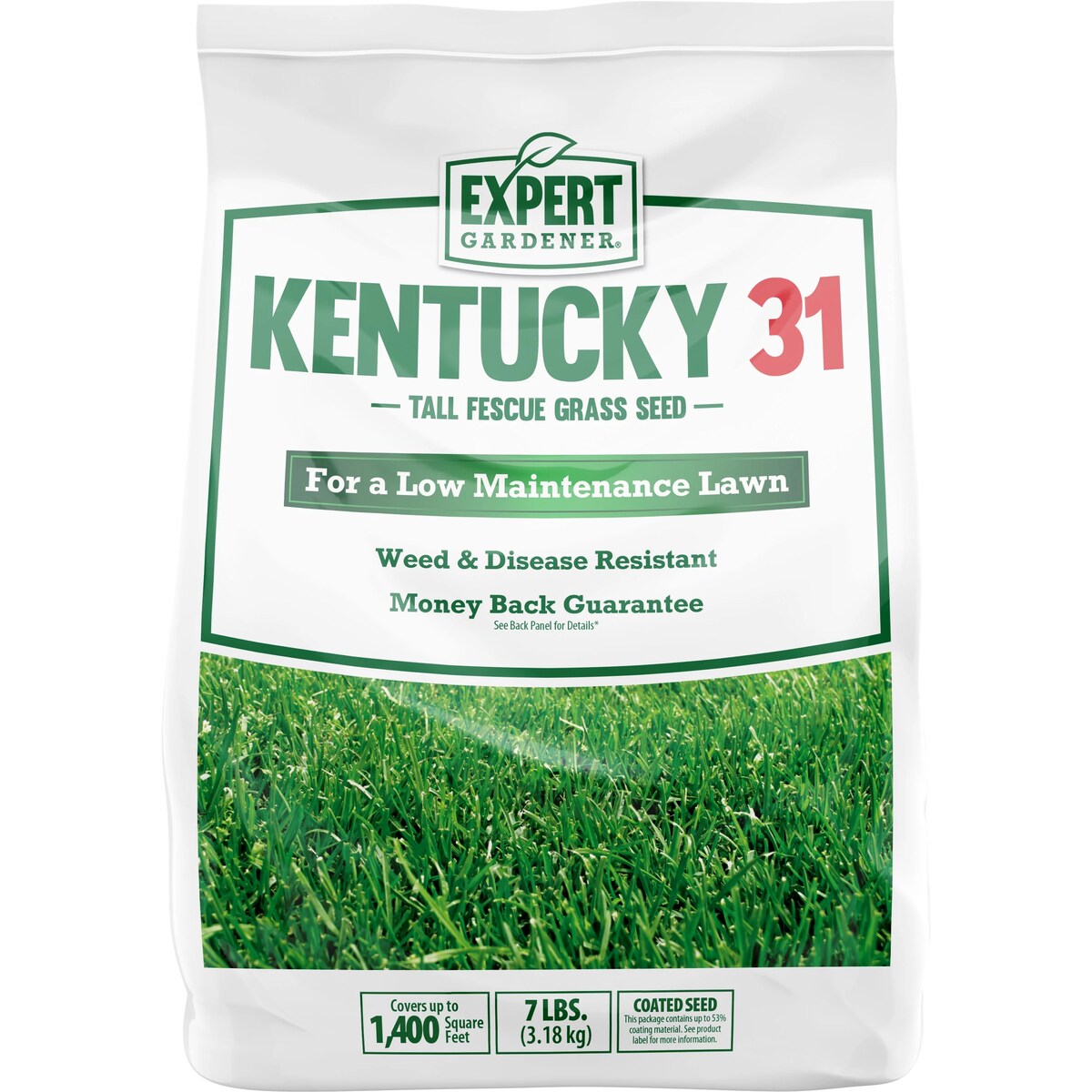

Landscaping Ideas
What Is Kentucky 31 Grass Seed
Modified: February 18, 2024
Learn about the benefits of Kentucky 31 grass seed for landscaping ideas. Find out how to use this hardy grass for your lawn and garden.
(Many of the links in this article redirect to a specific reviewed product. Your purchase of these products through affiliate links helps to generate commission for Storables.com, at no extra cost. Learn more)
Introduction
Kentucky 31 grass seed, also known as Kentucky bluegrass, is a popular choice for lawns, pastures, and sports fields due to its hardiness and resilience. This type of grass seed is widely recognized for its ability to withstand heavy foot traffic, making it an ideal option for high-traffic areas. Kentucky 31 grass seed is a cool-season grass that thrives in temperate climates, making it a top choice for regions with cold winters and moderate summers.
This grass seed is known for its deep green color and fine texture, which adds aesthetic appeal to any landscape. Its ability to establish a dense turf also makes it an excellent choice for erosion control on slopes and hillsides. Additionally, Kentucky 31 grass seed is well-suited for grazing livestock, as it provides a nutritious and palatable forage option.
In the following sections, we will delve into the characteristics of Kentucky 31 grass seed, explore its various uses, and provide valuable insights into planting and maintaining this resilient grass seed. Whether you are a homeowner looking to enhance your lawn, a farmer seeking reliable pasture grass, or a groundskeeper aiming to maintain a pristine sports field, understanding the unique qualities and applications of Kentucky 31 grass seed will empower you to make informed decisions for your landscaping needs.
Key Takeaways:
- Kentucky 31 grass seed is a tough, versatile choice for lawns, pastures, and sports fields. Its deep roots, fine texture, and ability to withstand heavy use make it a top pick for diverse landscaping needs.
- Whether you want a vibrant lawn, erosion control, or nutritious forage for livestock, Kentucky 31 grass seed has got you covered. Its resilience, adaptability, and visual appeal make it a valuable asset for various landscaping and agricultural purposes.
Characteristics of Kentucky 31 Grass Seed
Kentucky 31 grass seed possesses a remarkable set of characteristics that make it a standout choice for a variety of landscaping and agricultural applications. Understanding these distinctive traits is essential for anyone considering the use of this resilient grass seed.
-
Hardiness: Kentucky 31 grass seed is renowned for its exceptional hardiness, making it well-suited for areas with heavy foot traffic and challenging environmental conditions. It exhibits robust resilience, able to withstand wear and tear, making it an excellent option for lawns, parks, and sports fields.
-
Cold Tolerance: As a cool-season grass, Kentucky 31 grass seed thrives in regions with cold winters and moderate summers. Its ability to endure low temperatures makes it an ideal choice for northern climates, where it maintains its vibrant green color even during the cooler months.
-
Drought Resistance: Despite its preference for temperate climates, Kentucky 31 grass seed demonstrates impressive drought resistance. This characteristic allows it to endure periods of limited water availability, making it a reliable option for areas prone to occasional dry spells.
-
Deep Root System: One of the key attributes of Kentucky 31 grass seed is its deep root system, which enables it to access water and nutrients from deeper soil layers. This feature contributes to its resilience during periods of drought and helps prevent soil erosion, making it an excellent choice for stabilizing slopes and hillsides.
-
Fine Texture: Kentucky 31 grass seed boasts a fine texture, giving it a lush and visually appealing appearance. Its dense growth pattern creates a luxurious carpet-like effect, enhancing the aesthetic appeal of lawns and landscapes.
-
Versatility: This grass seed is versatile in its applications, serving as an excellent choice for both ornamental and functional purposes. Whether used for landscaping, erosion control, or as a forage option for livestock, Kentucky 31 grass seed offers a wide range of benefits.
Understanding these characteristics underscores the versatility and resilience of Kentucky 31 grass seed, making it a valuable asset for a diverse array of landscaping and agricultural needs. Whether seeking to establish a vibrant lawn, stabilize slopes, or provide nutritious forage for livestock, the unique qualities of Kentucky 31 grass seed position it as a reliable and enduring choice for various applications.
Uses of Kentucky 31 Grass Seed
Kentucky 31 grass seed is prized for its versatility and adaptability, making it a popular choice for a wide range of landscaping and agricultural purposes. Its unique characteristics and resilience lend themselves to various applications, each harnessing the distinct benefits of this hardy grass seed.
1. Lawn Establishment and Maintenance
Kentucky 31 grass seed is widely utilized for establishing and maintaining lush, resilient lawns. Its ability to withstand heavy foot traffic and recover from wear and tear makes it an ideal option for high-traffic areas such as residential lawns, parks, and recreational spaces. The fine texture and deep green color of Kentucky 31 grass seed contribute to the visual appeal of lawns, creating a vibrant and inviting outdoor environment.
2. Erosion Control
Due to its deep root system and robust growth, Kentucky 31 grass seed is an effective choice for erosion control on slopes, hillsides, and other vulnerable areas. The dense turf it forms helps stabilize soil, preventing erosion and minimizing the risk of land degradation. This makes it a valuable asset for landscaping projects in hilly terrain or areas prone to soil erosion.
Read more: When To Plant Kentucky 31 Fescue Grass Seed
3. Pasture and Forage Production
Kentucky 31 grass seed serves as a reliable source of forage for livestock, offering a nutritious and palatable grazing option. Its resilience and ability to thrive in various soil types make it an excellent choice for pasture establishment, providing livestock with a sustainable and high-quality feed source. Additionally, its deep root system enables it to withstand grazing pressure, ensuring long-term productivity in pasture settings.
4. Sports Fields and Recreational Areas
The durability and resilience of Kentucky 31 grass seed make it an ideal choice for sports fields, playgrounds, and recreational areas. Its ability to recover from heavy use and maintain an attractive appearance even under intense activity make it a preferred option for groundskeepers and facility managers seeking reliable turf solutions for high-traffic recreational spaces.
5. Landscaping and Ornamental Purposes
Beyond its functional uses, Kentucky 31 grass seed is also valued for its ornamental appeal in landscaping. Its fine texture and vibrant green color make it a desirable choice for enhancing the visual aesthetics of residential and commercial landscapes. Whether used for creating lush lawns, defining borders, or adding greenery to outdoor spaces, Kentucky 31 grass seed contributes to the overall beauty of landscaped areas.
In summary, the diverse uses of Kentucky 31 grass seed underscore its adaptability and resilience across various landscaping and agricultural applications. Whether employed for lawn establishment, erosion control, pasture production, recreational areas, or ornamental landscaping, the unique qualities of Kentucky 31 grass seed position it as a versatile and enduring solution for a wide array of landscaping and agricultural needs.
Planting and Maintenance Tips for Kentucky 31 Grass Seed
Planting and maintaining Kentucky 31 grass seed requires careful attention to key factors that contribute to successful establishment and long-term vitality. Whether you are a homeowner, farmer, or groundskeeper, following these essential tips will ensure the optimal growth and resilience of Kentucky 31 grass seed in your desired landscape or agricultural setting.
Read more: What Type Of Grass Is Kentucky Bluegrass
1. Site Preparation
Before planting Kentucky 31 grass seed, it is crucial to prepare the site thoroughly. Begin by clearing the area of any debris, rocks, or existing vegetation. Ensure that the soil is well-drained and free of compaction to facilitate healthy root development. Conduct a soil test to assess nutrient levels and pH, and make any necessary amendments based on the test results to create an optimal growing environment for the grass seed.
2. Seeding Process
When seeding Kentucky 31 grass, follow the recommended seeding rates to achieve the desired turf density. Ensure proper seed-to-soil contact by raking or lightly tilling the soil surface before seeding. Broadcasting the seed evenly across the prepared area and lightly raking it into the soil will promote uniform germination and establishment.
3. Watering and Establishment
After seeding, provide consistent moisture to the seeded area to support germination and establishment. Water the site lightly and frequently to keep the soil surface moist, avoiding excessive saturation that may lead to seed displacement. Once the grass seed has germinated, gradually transition to a deeper and less frequent watering schedule to encourage deep root growth and drought tolerance.
4. Fertilization and Maintenance
Regular fertilization is essential for the long-term health and vigor of Kentucky 31 grass seed. Apply a balanced fertilizer according to soil test recommendations or general guidelines for cool-season grasses. Additionally, routine mowing at the appropriate height will help maintain the desired turf density and promote healthy growth. Avoid mowing too closely, as this can stress the grass and impede its resilience.
Read more: What Does Kentucky Bluegrass Look Like
5. Pest and Weed Control
Monitor the seeded area for potential pest infestations and weed encroachment. Implement integrated pest management practices to address any pest issues, and consider pre-emergent weed control measures to prevent weed competition during the establishment phase. Regular inspection and proactive management will help safeguard the vitality of the Kentucky 31 grass seed.
By adhering to these planting and maintenance tips, you can maximize the potential of Kentucky 31 grass seed in your chosen landscape or agricultural application. Whether establishing a resilient lawn, promoting sustainable pasture growth, or maintaining sports fields and recreational areas, the careful implementation of these guidelines will contribute to the long-term success of Kentucky 31 grass seed in diverse settings.
Conclusion
In conclusion, Kentucky 31 grass seed stands as a resilient and versatile option for a wide range of landscaping and agricultural needs. Its exceptional hardiness, cold tolerance, drought resistance, deep root system, fine texture, and adaptability make it a valuable asset for homeowners, farmers, and groundskeepers alike. Whether used for establishing vibrant lawns, controlling erosion, providing nutritious forage for livestock, or maintaining high-traffic recreational areas, Kentucky 31 grass seed offers a host of benefits that cater to diverse applications.
The unique characteristics of Kentucky 31 grass seed, coupled with its ability to thrive in temperate climates, position it as a reliable and enduring choice for various landscaping and agricultural purposes. Its deep green color and dense growth pattern contribute to the visual appeal of lawns and landscapes, enhancing the overall aesthetic of outdoor spaces. Furthermore, its resilience in withstanding heavy foot traffic and recovering from wear and tear makes it an ideal option for areas that experience frequent use, such as parks, sports fields, and recreational spaces.
The adaptability of Kentucky 31 grass seed extends to agricultural settings, where it serves as a dependable source of forage for livestock and a solution for erosion control on slopes and hillsides. Its ability to endure grazing pressure and provide a sustainable feed source underscores its value in promoting healthy pasture growth and supporting livestock nutrition.
By following the recommended planting and maintenance tips, individuals can harness the full potential of Kentucky 31 grass seed in their respective landscapes and agricultural endeavors. From thorough site preparation to diligent watering, fertilization, and pest control, the careful implementation of these guidelines ensures the optimal growth and long-term vitality of Kentucky 31 grass seed in diverse settings.
In essence, Kentucky 31 grass seed embodies resilience, adaptability, and visual appeal, making it a sought-after choice for those seeking reliable and enduring solutions for their landscaping and agricultural needs. Whether enhancing the beauty of residential lawns, stabilizing slopes, or providing nutritious forage for livestock, the unique qualities of Kentucky 31 grass seed position it as a versatile and valuable asset in the realm of landscaping and agriculture.
Frequently Asked Questions about What Is Kentucky 31 Grass Seed
Was this page helpful?
At Storables.com, we guarantee accurate and reliable information. Our content, validated by Expert Board Contributors, is crafted following stringent Editorial Policies. We're committed to providing you with well-researched, expert-backed insights for all your informational needs.
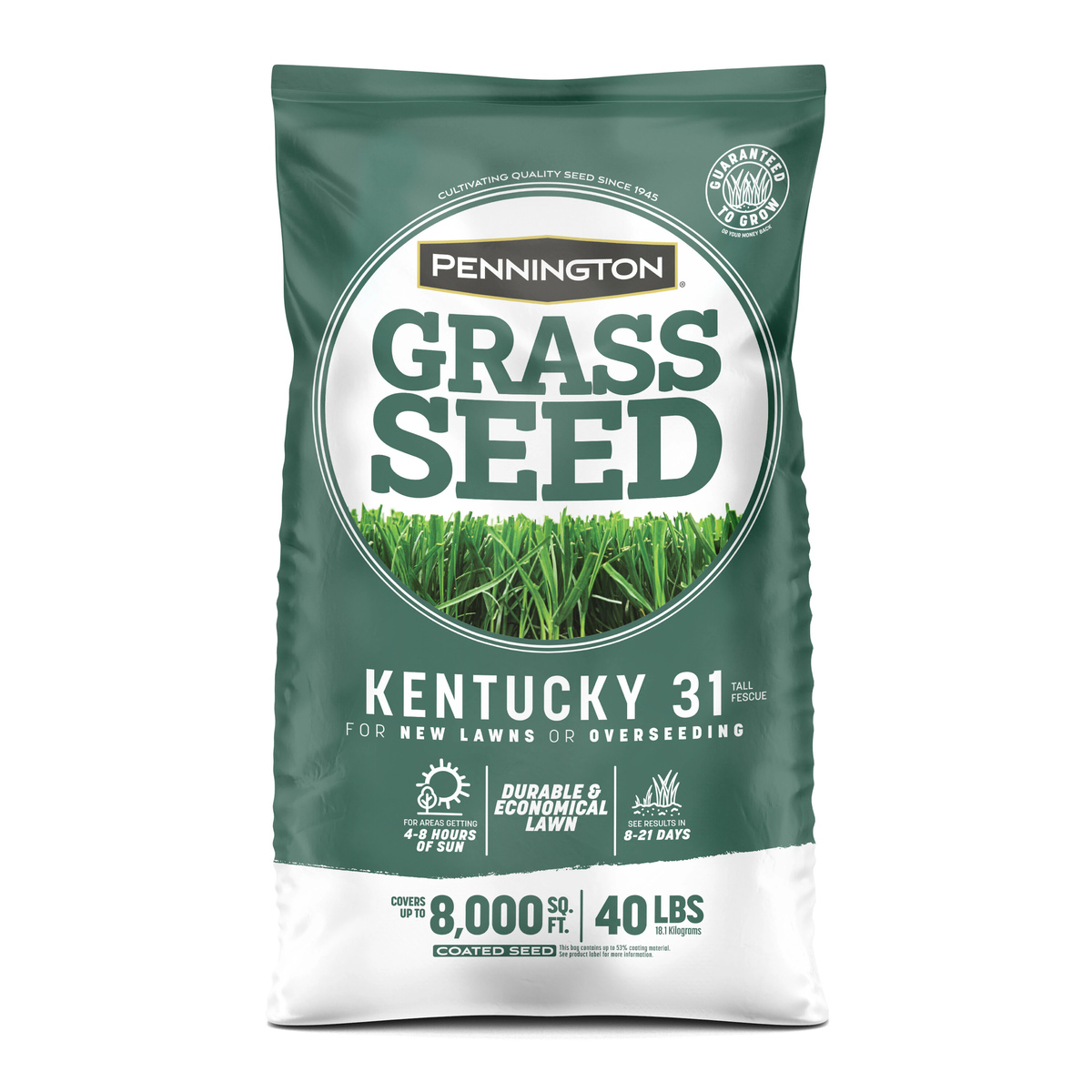
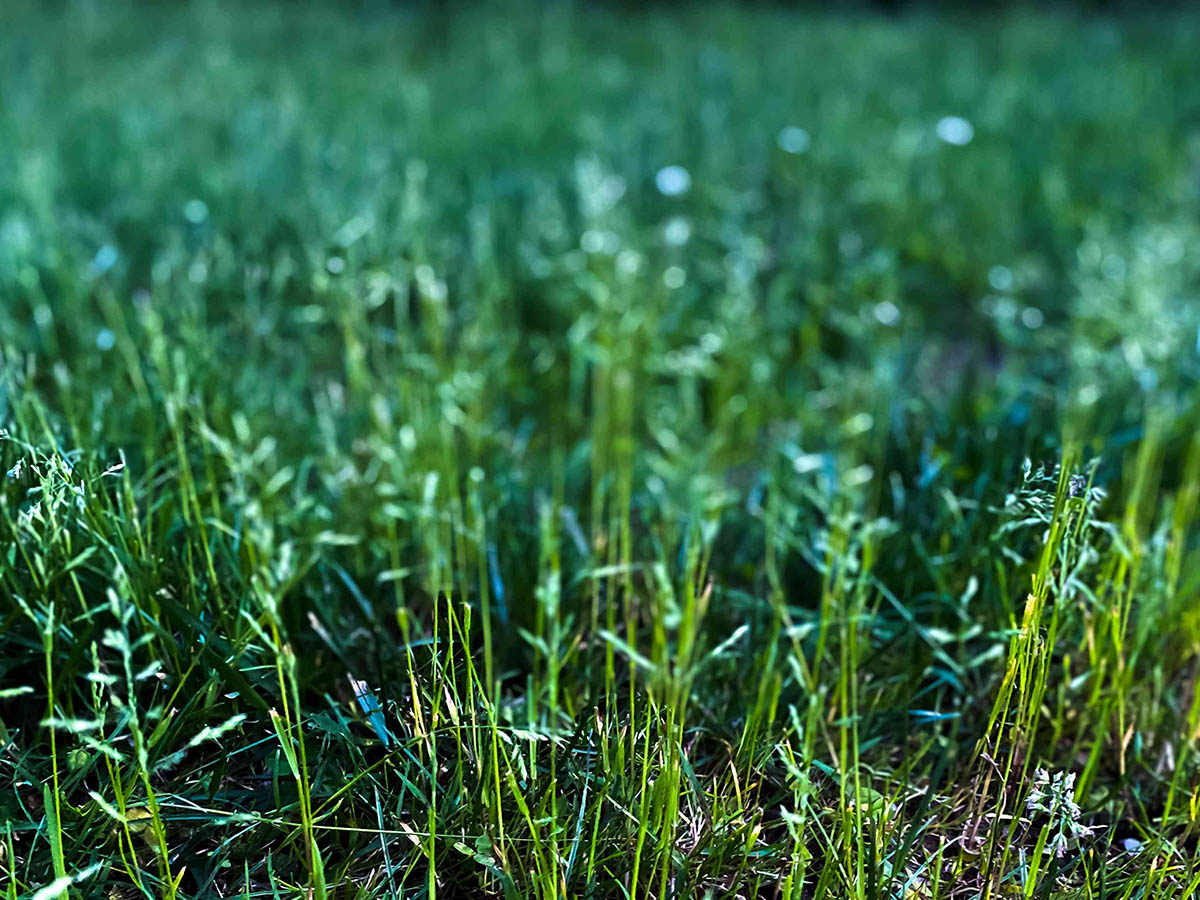
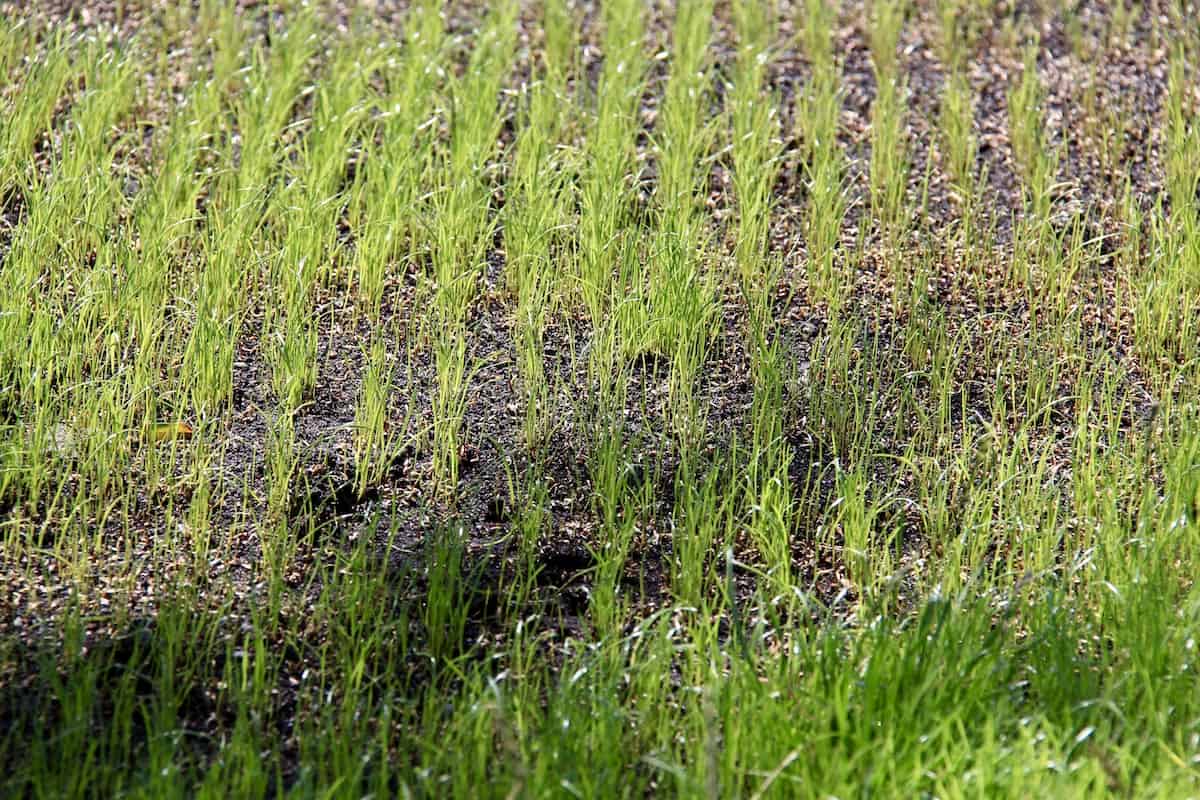
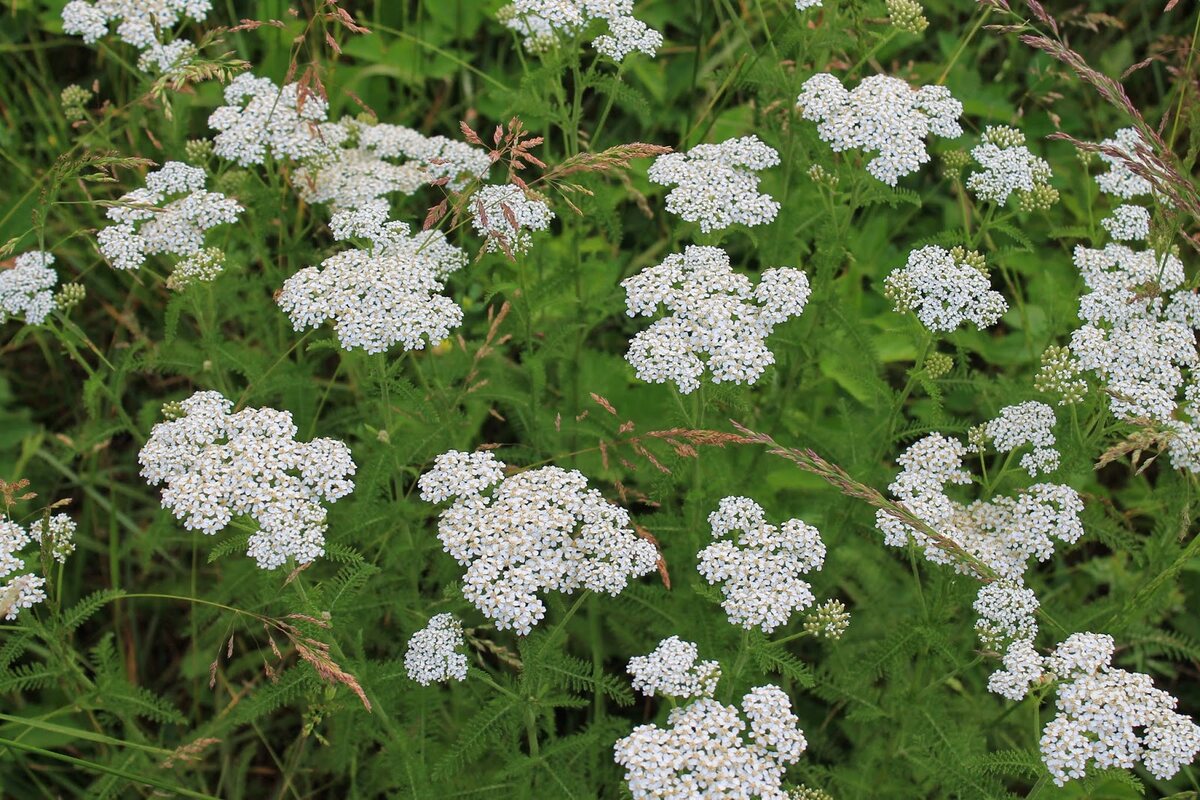
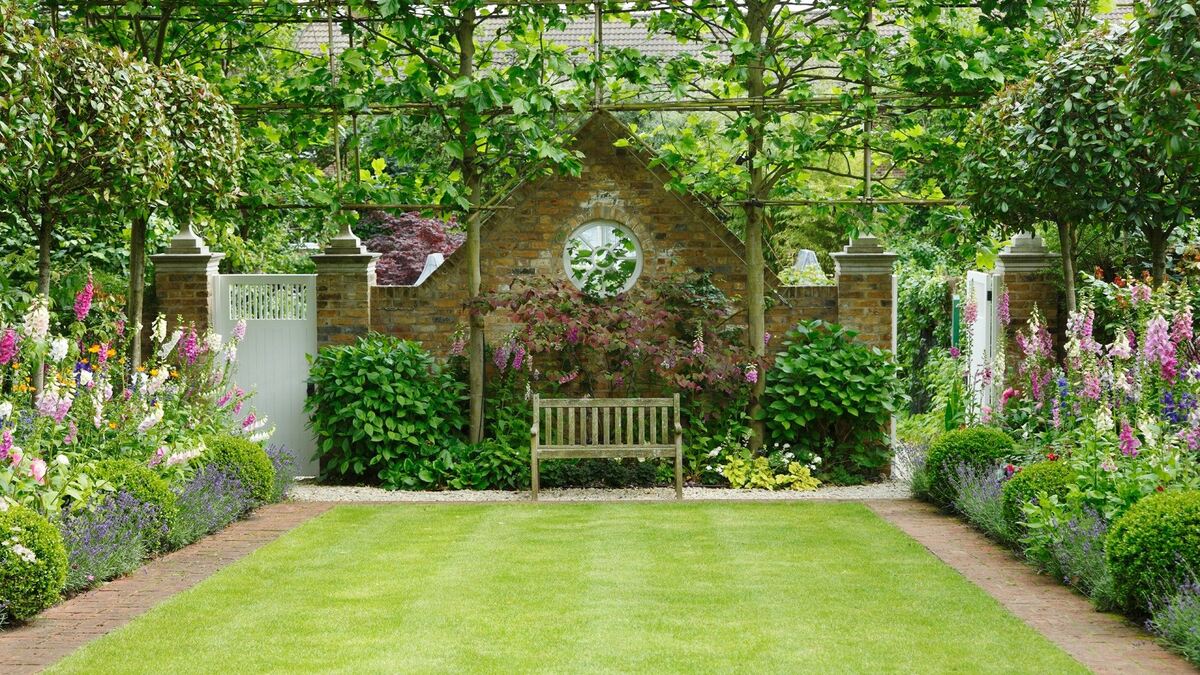
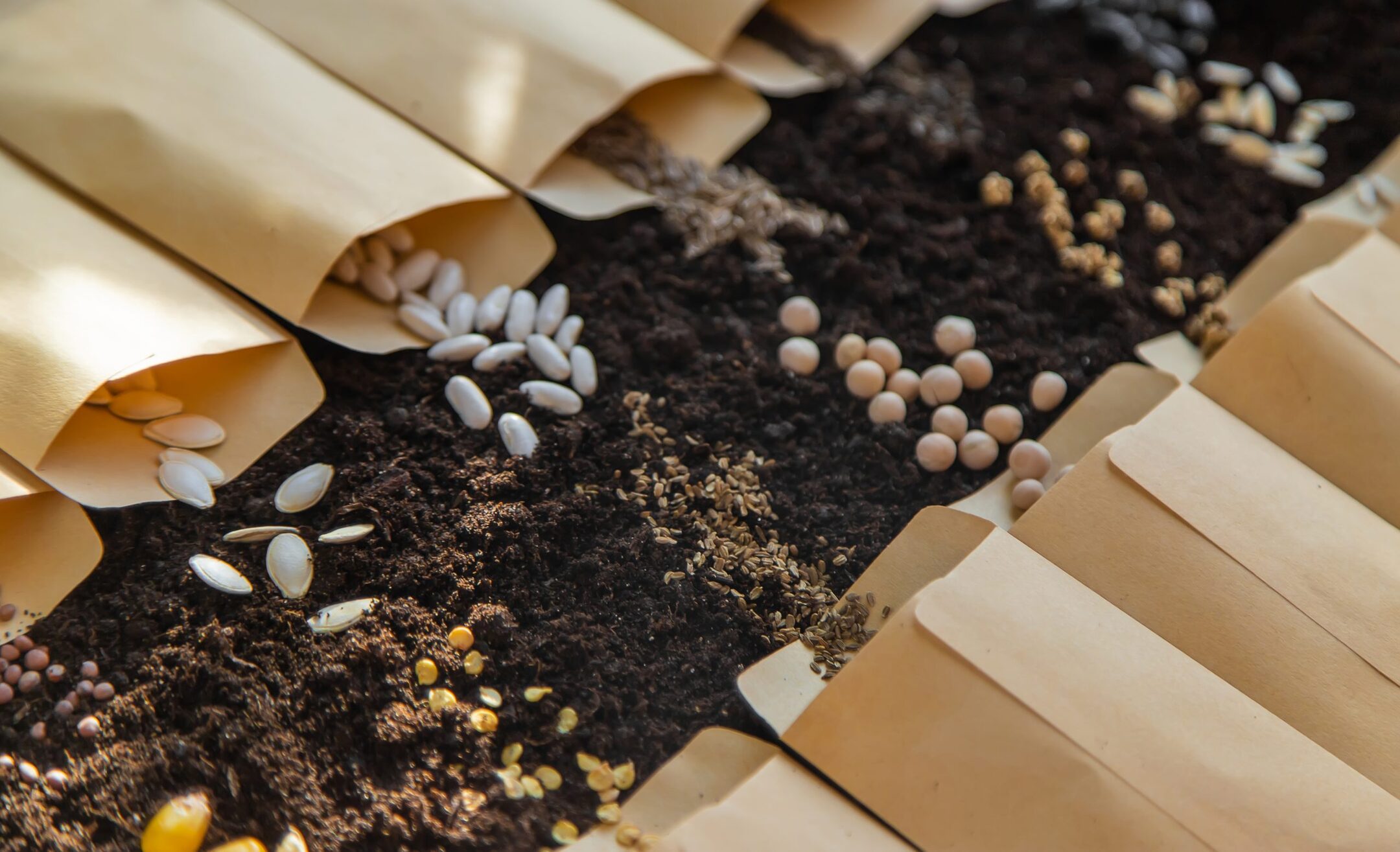


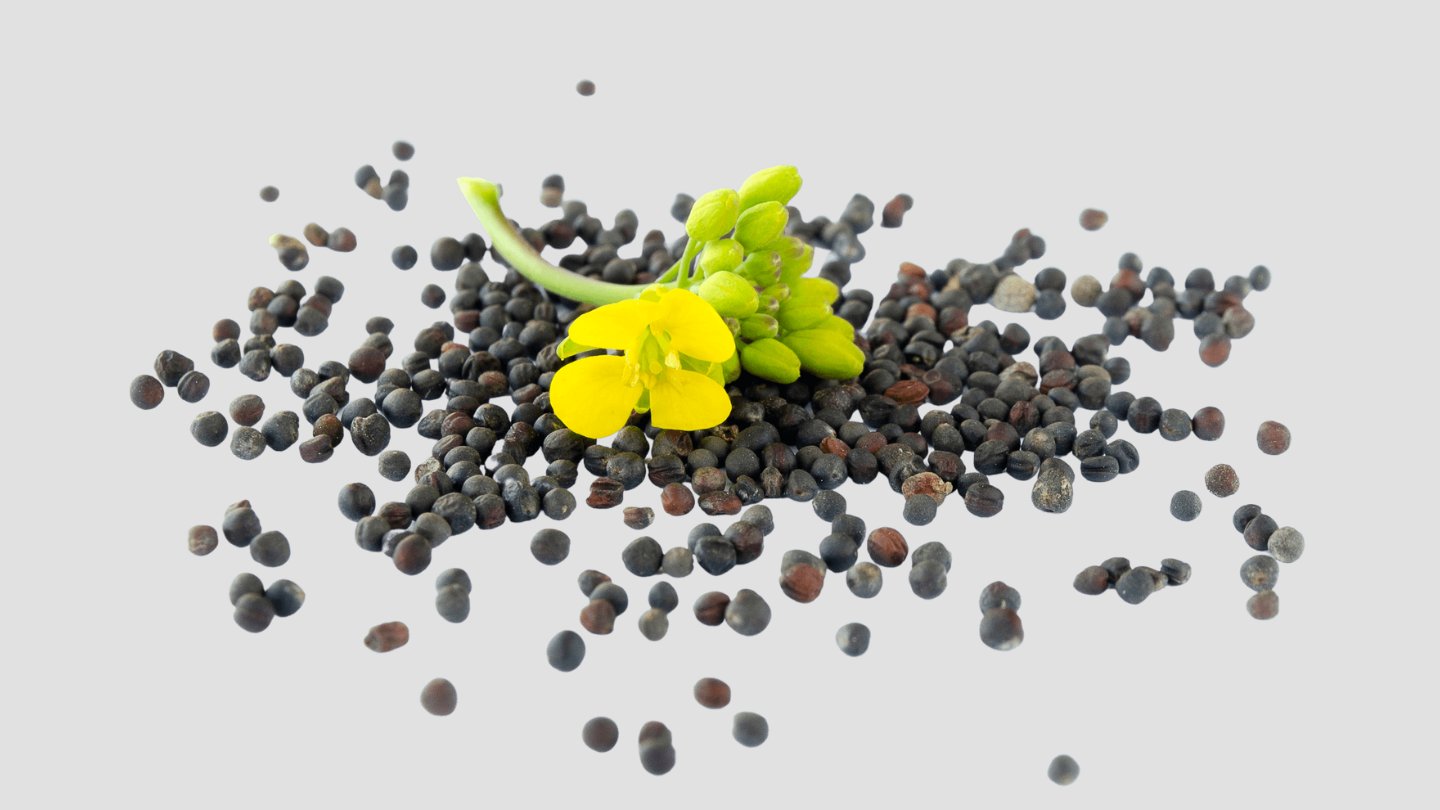
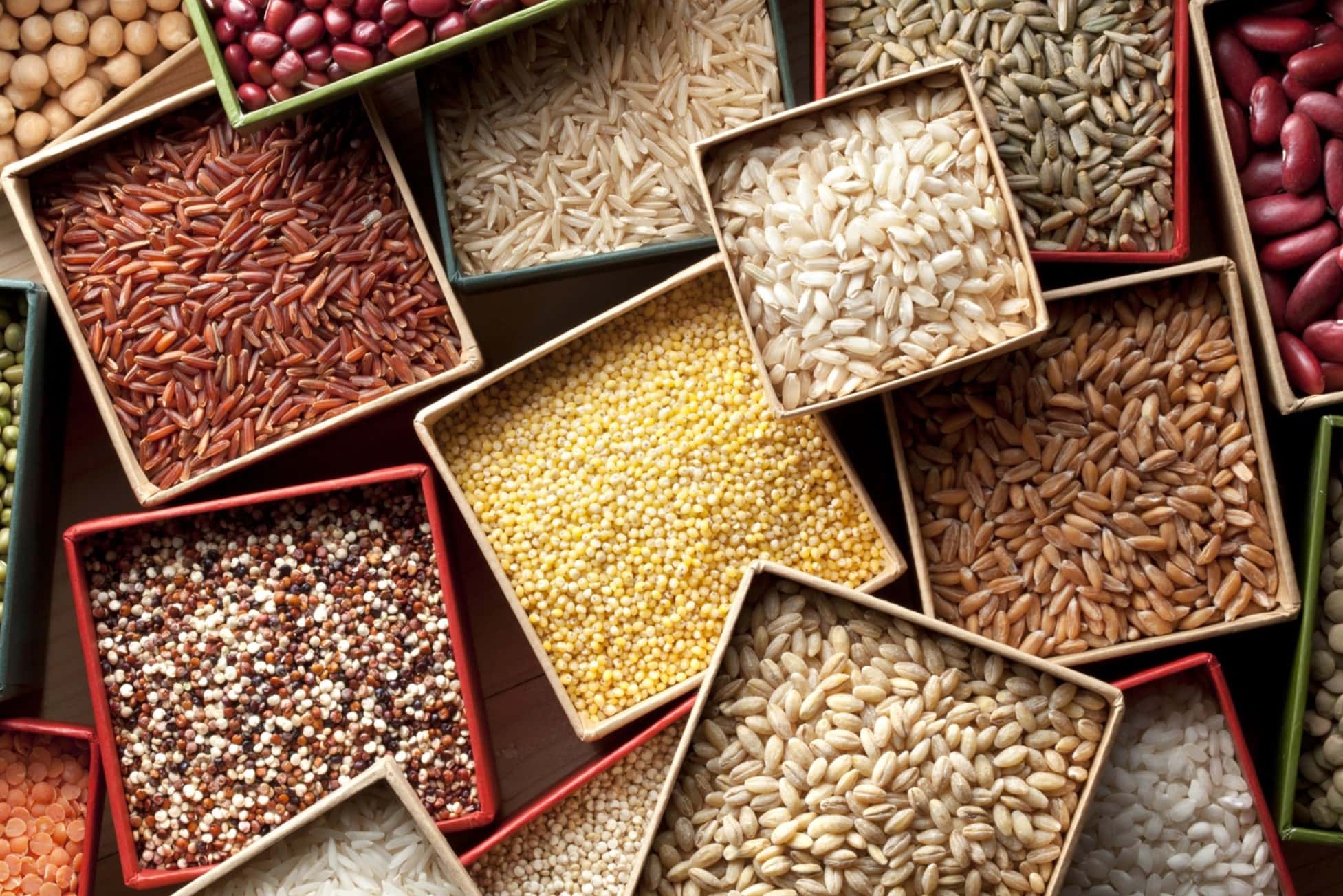
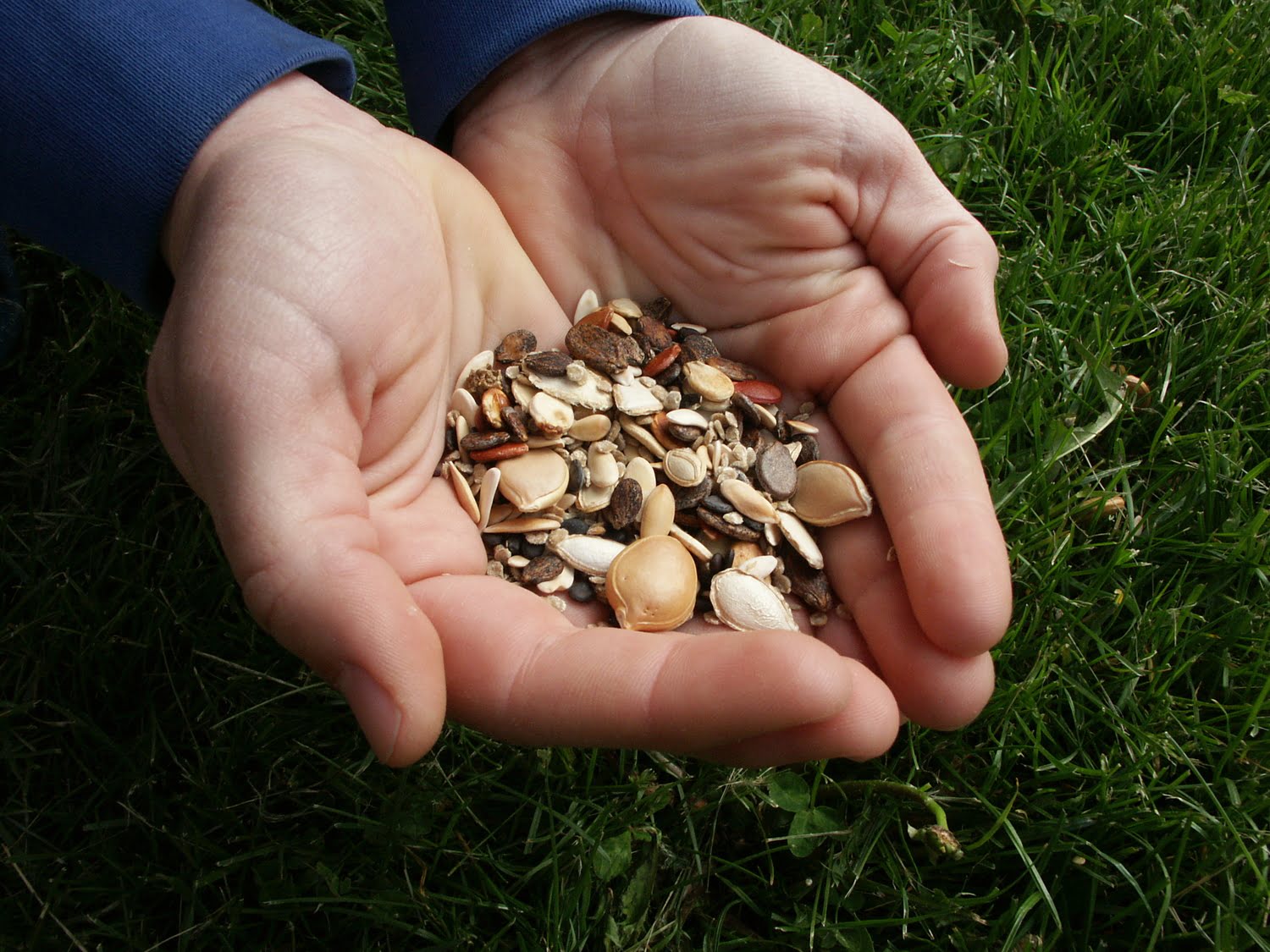
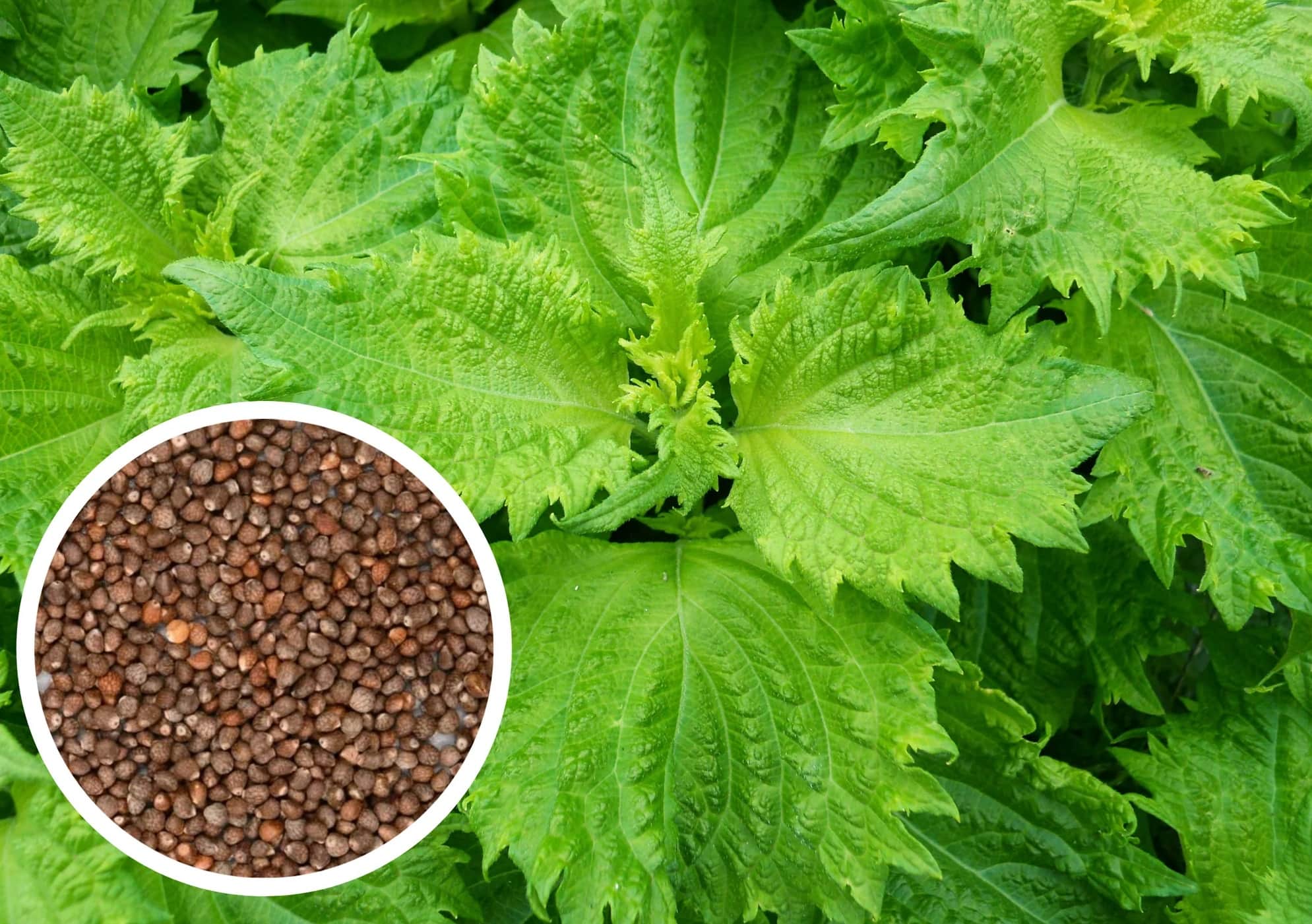

0 thoughts on “What Is Kentucky 31 Grass Seed”